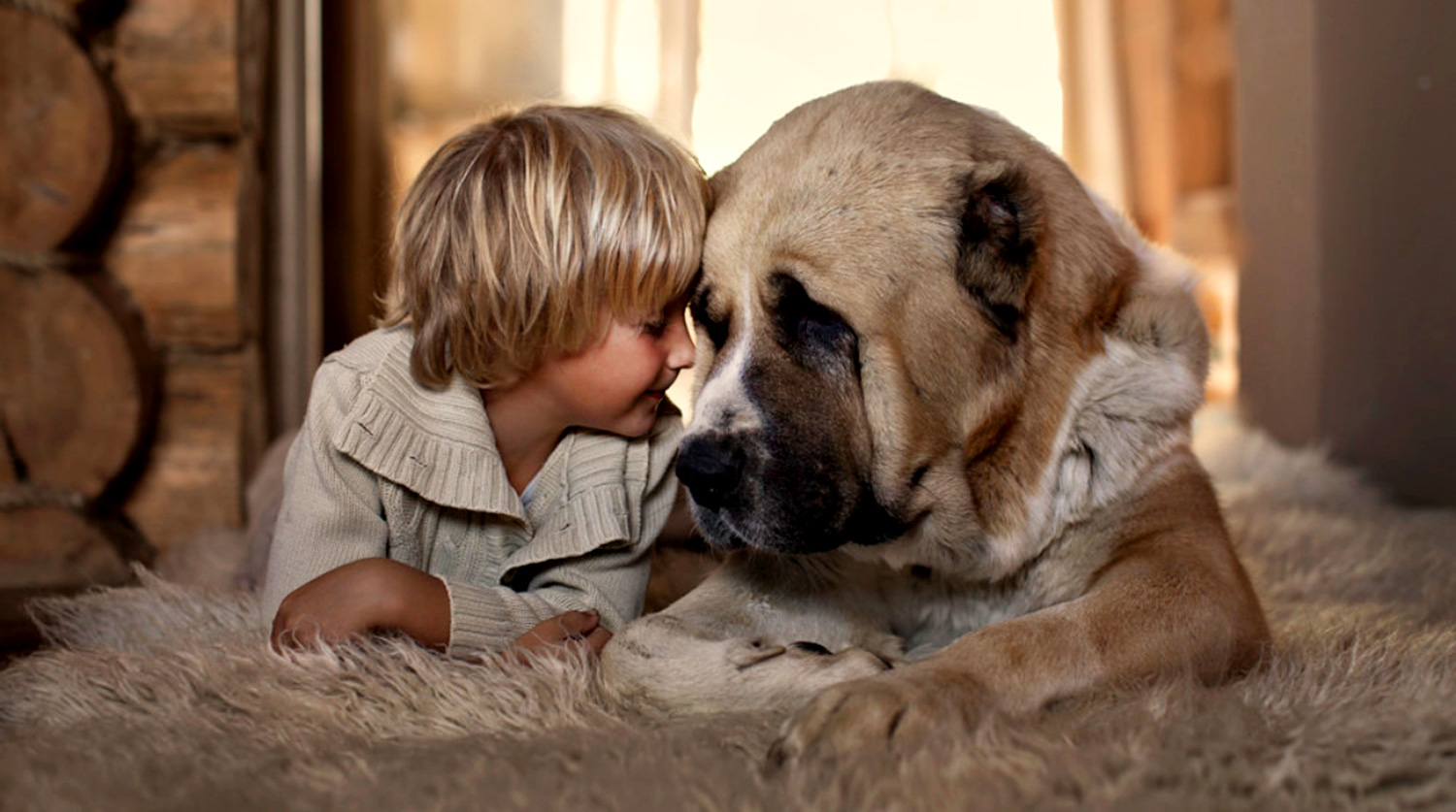Former British cartographer Simon Beck creates large-scale works of art on the snow and sand. The artist makes geometric patterns using only his feet and orientation skills.

Simon first drew the pattern in the snow in 2004. He put dots with a marker and connected them with footprints. He liked the result. Then the artist made the design more complex.

A 64-year-old man first draws a project on paper, using one millimeter as a scale for one step on snow or sand. To implement the idea, Simon needs snowshoes, a ski pole, rope and markers. He created patterns on the frozen lakes of Savoy in France. Sometimes, at the invitation of patrons, and in other countries.


It takes the artist 12 hours or more to prepare a sketch in the snow. In the process he takes about 40,000 steps.

Changes in the weather make the job more difficult. The snow can melt or become ice-crusted. Sometimes skiers drive right through a pattern. The sand can be washed away by a wave, or the pattern can be ruined by the wind.

“If a mistake is made, it’s usually necessary to change the design. It’s important that small mistakes don’t add up to a large noticeable size,” the artist said.

Simon shares photos of drawings on social networks. He takes photos using a drone or by climbing a nearby mountainside. From a height, the patterns seem voluminous.

Snow and sand artworks are short-lived, but the artist doesn’t get frustrated. “Most people only see the world’s works of art in photographs,” he explained.

For Simon, the most important thing is to take high-quality photographs after the job is done.

“If we can photograph in clear weather and it holds up long enough, I think the work is done well,” the artist says.








